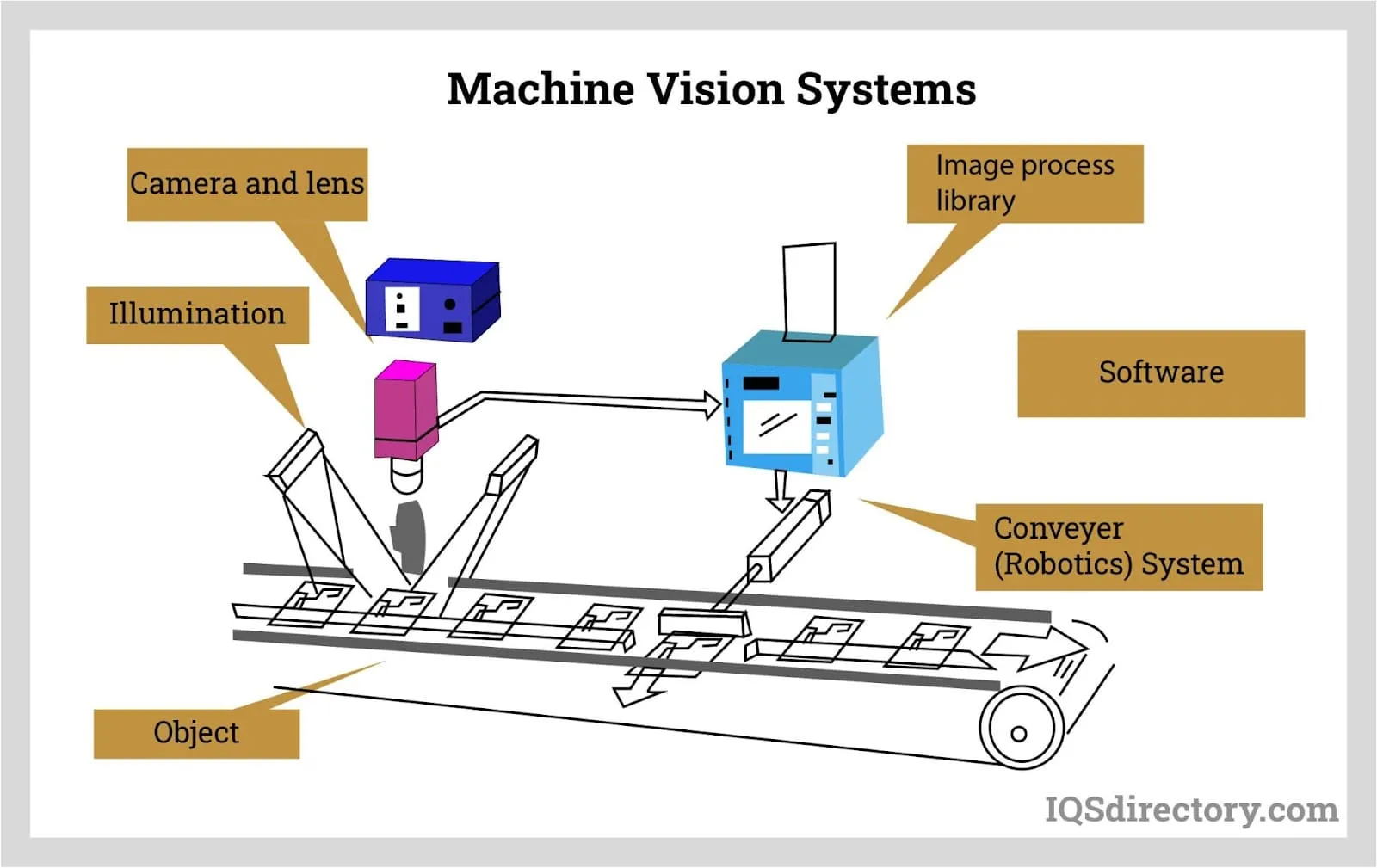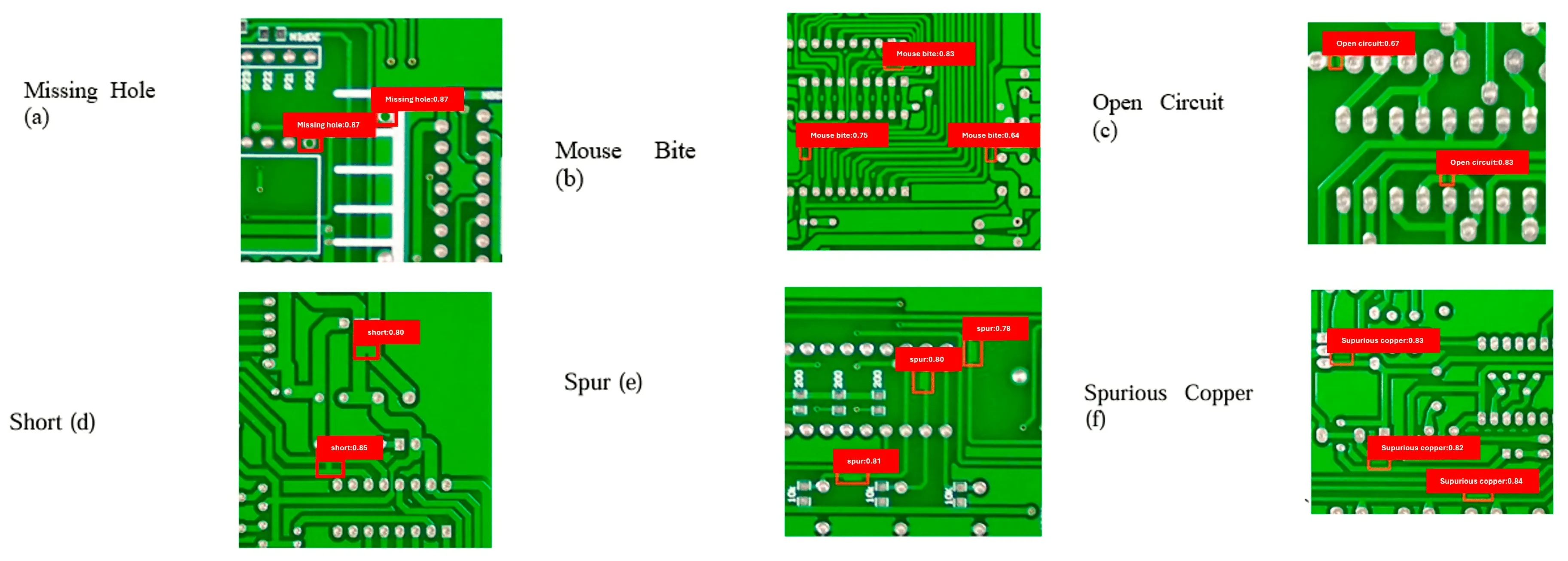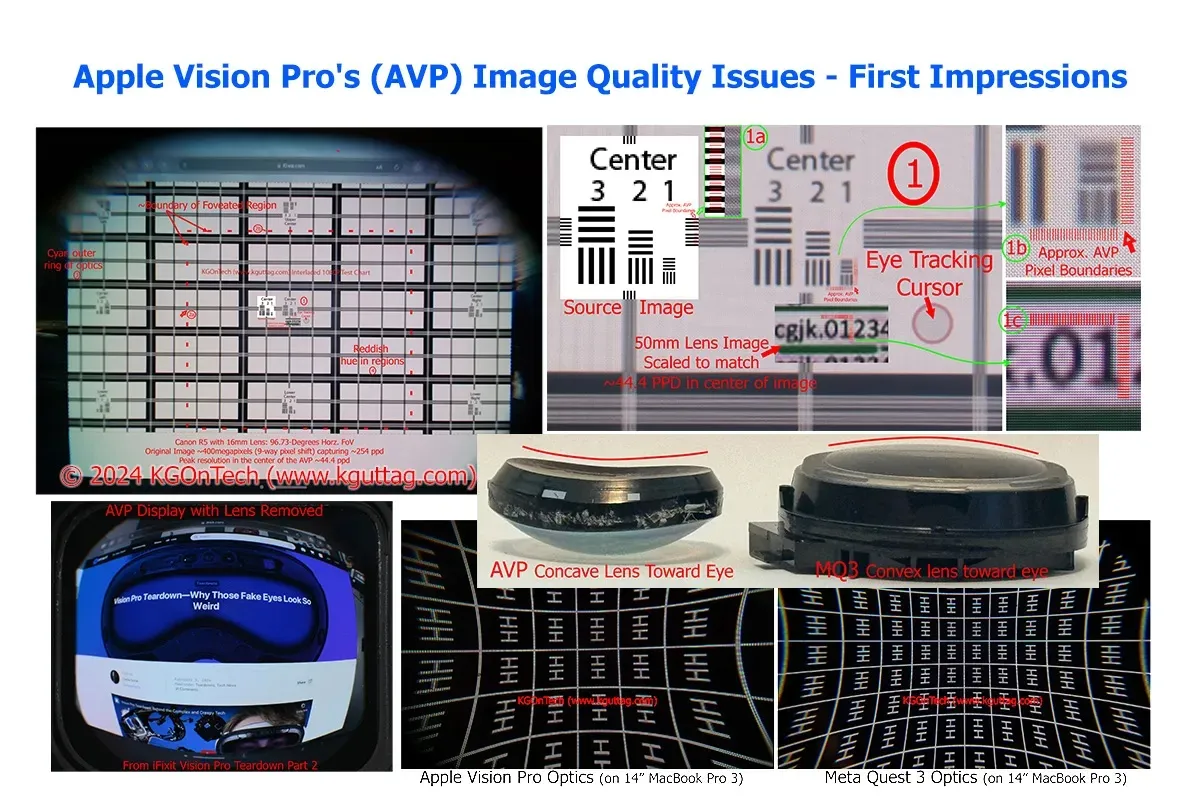
What is Automated Inspection? A Comprehensive Guide
In the relentless pursuit of manufacturing excellence, efficiency, and consistency, the role of quality control is paramount. For decades, this task relied heavily on the keen eyes and diligent hands of human inspectors. However, the limitations of human inspection—fatigue, subjectivity, and speed—have paved the way for a technological revolution: Automated Inspection. This transformative approach leverages advanced technologies to perform precise, high-speed, and reliable quality assessments without human intervention, becoming a cornerstone of modern industrial automation and Industry 4.0.
Core Technologies Powering Automated Inspection
Automated inspection systems are sophisticated integrations of hardware and software, each component playing a critical role in the process. The core technologies include:
1. Machine Vision Systems
This is the "eyes" of the operation. A typical machine vision system comprises high-resolution cameras, specialized lighting, and lenses to capture detailed images of the object under inspection. The lighting is crucial for highlighting features of interest and minimizing shadows or reflections that could confuse the analysis software.

2. Sensors and Robotics
Beyond vision, automated systems employ a vast array of sensors. These can include laser scanners for 3D profiling, thermal sensors for heat distribution analysis, ultrasonic sensors for internal flaw detection, and coordinate measuring machines (CMM) for dimensional accuracy. Robots are often used to manipulate parts or position sensors for optimal inspection angles.
3. Artificial Intelligence and Machine Learning
This is the "brain." AI, particularly deep learning and convolutional neural networks (CNNs), has supercharged automated inspection. Instead of being programmed with rigid rules, ML algorithms are trained on thousands of images of both good and defective parts. They learn to identify complex and subtle defects that would be impossible to code with traditional rule-based algorithms, constantly improving their accuracy over time.

4. Computing Hardware and Software
Powerful processors and GPUs are required to analyze the vast amounts of data captured by sensors in real-time. The software algorithms process the images and sensor data, comparing them against predefined tolerance thresholds or using AI models to make a pass/fail decision.
Key Applications Across Industries
The versatility of automated inspection allows it to be deployed across numerous sectors. Here is a summary of its primary applications:
| Industry | Application | Technology Used |
|---|---|---|
| Electronics Manufacturing | Printed Circuit Board (PCB) inspection for missing components, soldering defects, and trace cracks. | High-resolution AOI, X-ray inspection. |
| Automotive | Dimensional verification of parts, surface defect detection on body panels, weld seam quality inspection. | 3D machine vision, laser scanners, robotics. |
| Pharmaceuticals & Medical Devices | Checking for packaging integrity, label accuracy, pill counting and defect detection, verifying device assembly. | Machine vision, hyperspectral imaging. |
| Food and Beverage | Sorting by color/size, detecting foreign materials, checking fill levels, and monitoring packaging seals. | Color vision systems, X-ray, thermal imaging. |
| Aerospace | Non-destructive testing (NDT) for internal cracks in turbine blades, composite material analysis. | Ultrasonic testing, computed tomography (CT) scanning. |
Advantages Over Manual Inspection
The shift from manual to automated inspection is driven by a compelling set of advantages that directly impact the bottom line and product quality.
Unmatched Speed and Efficiency
Automated systems can inspect hundreds or even thousands of parts per minute, far exceeding human capabilities. This high throughput is essential for high-volume production lines, eliminating bottlenecks and increasing overall output.
Superior Accuracy and Consistency
Free from fatigue, distractions, or subjective judgment, automated inspection systems perform with relentless precision 24/7. They apply the same criteria to every single part, ensuring a consistent and unbiased standard of quality.
Enhanced Defect Detection
With high-resolution cameras and sensitive sensors, these systems can detect microscopic defects, subtle surface variations, and internal flaws that are completely invisible to the naked eye.

Data Collection and Traceability
Every inspection generates data. This data can be used for statistical process control (SPC), identifying trends in production errors, tracing defects back to their source, and providing auditable records for compliance purposes.
Reduced Operational Costs
While the initial investment can be significant, automated inspection leads to long-term savings by reducing labor costs, minimizing scrap and rework through early defect detection, and preventing costly recalls.
Challenges and Considerations in Implementation
Implementing an automated inspection system is not without its challenges. Key considerations include:
- High Initial Investment: The cost of hardware, software, and integration can be substantial.
- System Integration Complexity: The system must be seamlessly integrated into existing production lines and IT infrastructure.
- Maintenance and Expertise: These systems require skilled technicians to maintain, calibrate, and troubleshoot them.
- Lighting and Environmental Factors: Performance can be highly dependent on consistent lighting and a controlled environment.
- Programming for Variability: Configuring the system to handle product variants and differentiate between acceptable variations and true defects can be complex.
The Future of Automated Inspection
The evolution of automated inspection is tightly coupled with advancements in AI and computing. Future trends point towards:
- Hyper-Automation: Even tighter integration with robotics for self-correcting processes where a robot can not only find a defect but also immediately correct it.
- Edge AI and IoT: Performing AI analysis directly on the camera or sensor (edge computing) for faster response times and integrating inspection data into the broader Internet of Things (IoT) ecosystem of the factory.
- Predictive Quality: Using inspection data to predict and prevent process deviations before they lead to defects, moving from detection to prevention.
- As-a-Service Models: Cloud-based AI inspection models that manufacturers can subscribe to, lowering the barrier to entry for advanced capabilities.
In conclusion, automated inspection is far more than just a replacement for human eyesight. It is a sophisticated, data-driven ecosystem that ensures unparalleled quality, drives efficiency, and provides valuable insights for continuous improvement. As technology continues to advance, its role as a critical enabler of smart, agile, and reliable manufacturing will only become more profound.
